Montbard…
…is a municipality in the department Côte-d’Or in the Burgundy region.
The area was already populated in ancient times. In the time of the Gauls there was a Druids’ community. In the Middle Ages a town was developed around the castle. In the castle, Aleth, mother of Bernhards of Clairvaux was born in 1070. The settlement got the municipal laws in 1231. The castle is a secondary residence of the Dukes of Valois from Burgundy. In 590 it was besieged by the Earl of Tavannes who fought against the Duke of Nemours in the name of the French king Henry IV.
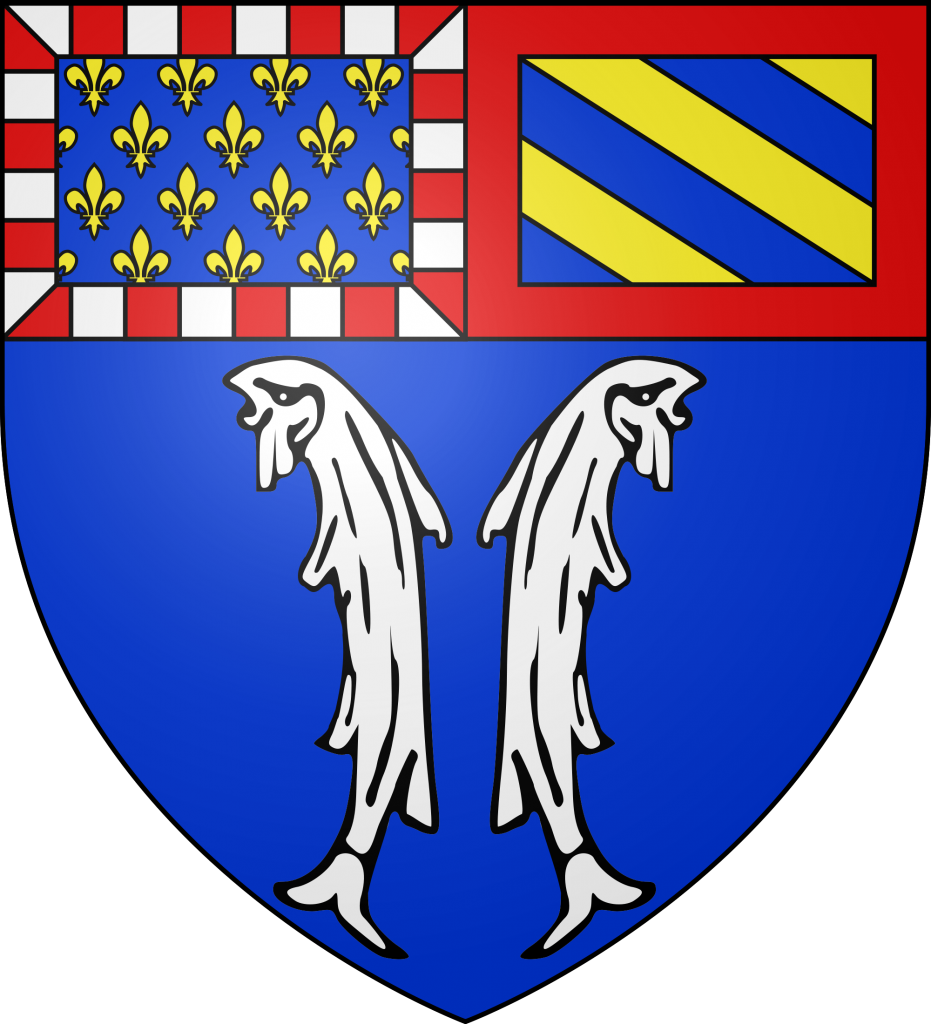
Location
The city is situated in the north-west of Alise-Sainte-Reine at the river Brenne and the Canal de Bourgogne about six kilometers south-west of Abbaye de Fontenay.
Distance to our farm: about 74 km
Attractions
The cosy village with its pitoresque parts is touristy still shadowed by more famous destinations in the surroundings like the Abbaye de Fontenay, the Chateau de Bussy-Rabutin and the Gallo-Roman Alesia. Newly presented in proper light is therefore the big son of Montbards, the pioneering natural scientist of the 18th Century, Georges-Louis Leclerc, Comte de Buffon (1707-1788). His place of life and activity and therefore an early chapter of modern science are made available here. Buffon was a universalist, his main works circled around Biology, Botanic, Mineralogy and the evolution of life and earth. He created arboretums and built an iron mill. At a very young age he was called to the Paris Academy of Sciences, appointed Director of the Botanic Garden in Paris (the King’s Garden back then). He shared his life between the capitol city and the country town. He returned to Montbard because he did not quite like life in Paris and the social commitments kept him from his work. Because he was the feudal land owner of Montbard he bought the ruins of the castle of the Capetians built in 10th Century in 1735 and later the castle of the duke. He only left the curtain wall and the two towers.
On the free area he created terraced gardens with different partly seldom trees, flowers and even some vegetables, today known as the Buffon-Park. In the trees and the garden pavilion he furnished his work room, each used for one of his broad work field. In Montbard he created his life according to his own wishes and completed the biggest part of his work. He died in the Botanic Garden of Paris in 1788.
The Parc Buffon is located a little bit out of the actual city. The area of the former castle invites to nice walks on small paths and alleys on the 14 terraces. On the upper terrace you can see the remains of the old castle. On the tower Tour de l’Aubespin that is 40 meters tall, Buffon made his physical wind experiments. The gargoyles and crenellations were attached during restoration work in the 19th Century. From the top you have a beautiful view of the town and surrounding area. In the first of the three halls there is a museum of local history. Buffon knocked down one floor of the Tour Saint-Louis and set up a library. Both towers can be visited.
The church Saint-Urse is located in the south of the park. It was built between the 13th and 15th Century. Buffon’s grave is in the chapel, the Chapelle de Buffon, that was attached in the 18th Century. He was buried here on 20th April 1788.
The best impression of Buffon’s life visitors get in the Musée Buffon at the bottom of the castle hill. On the ground floor of the Orangery which was converted into stables in 1760 sits enthroned a huge plaster statue of Buffon created by Jean Carlus. On the top floor there is a museum dedicated to the great natural scientists Buffon and Daubenton and their importance for Montbard and the science of the 18th Century.
In the small village Buffon (6 kilometere north-west on the D905) ordered to build a forge in 1768, La Grande Forge which he managed himself for ten years. Here he implemented his findings and continued his experiments with ore. In the 18th Century the facilities belonged to the biggest ore businesses in the Burgundy. The mill was driven by waterworks and built an early industrial ensemble of workshops, hammers, flats for workers and even a theatre. The town is known as the cradle of industrialization of the Burgundy. The industrial monument which is idyllically located at the Canal de Bourgogne hosts a technical museum today. A furnace and a rapper are shown but also an interesting exhibition about Buffon and the Age of Enlightenment.
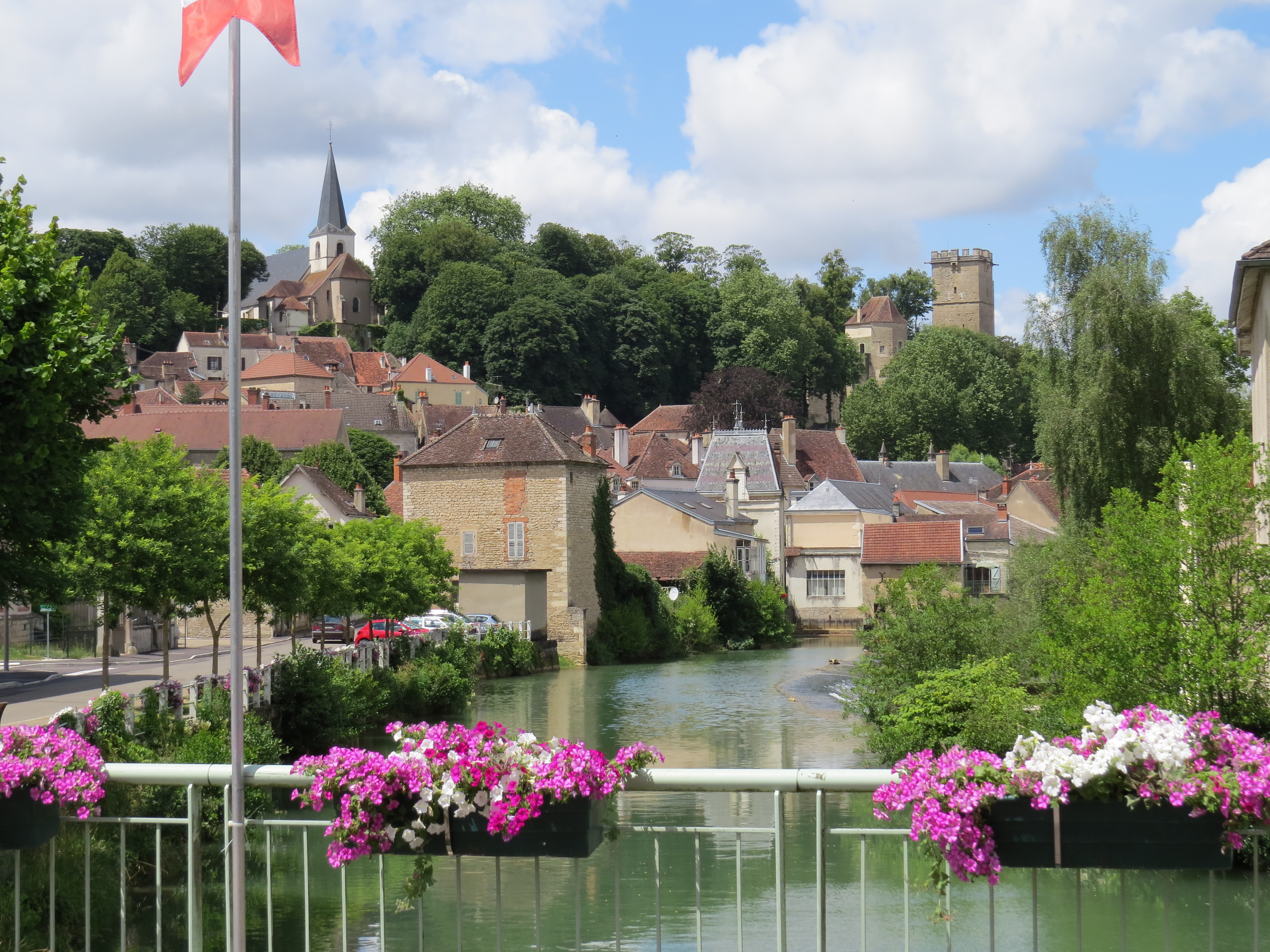
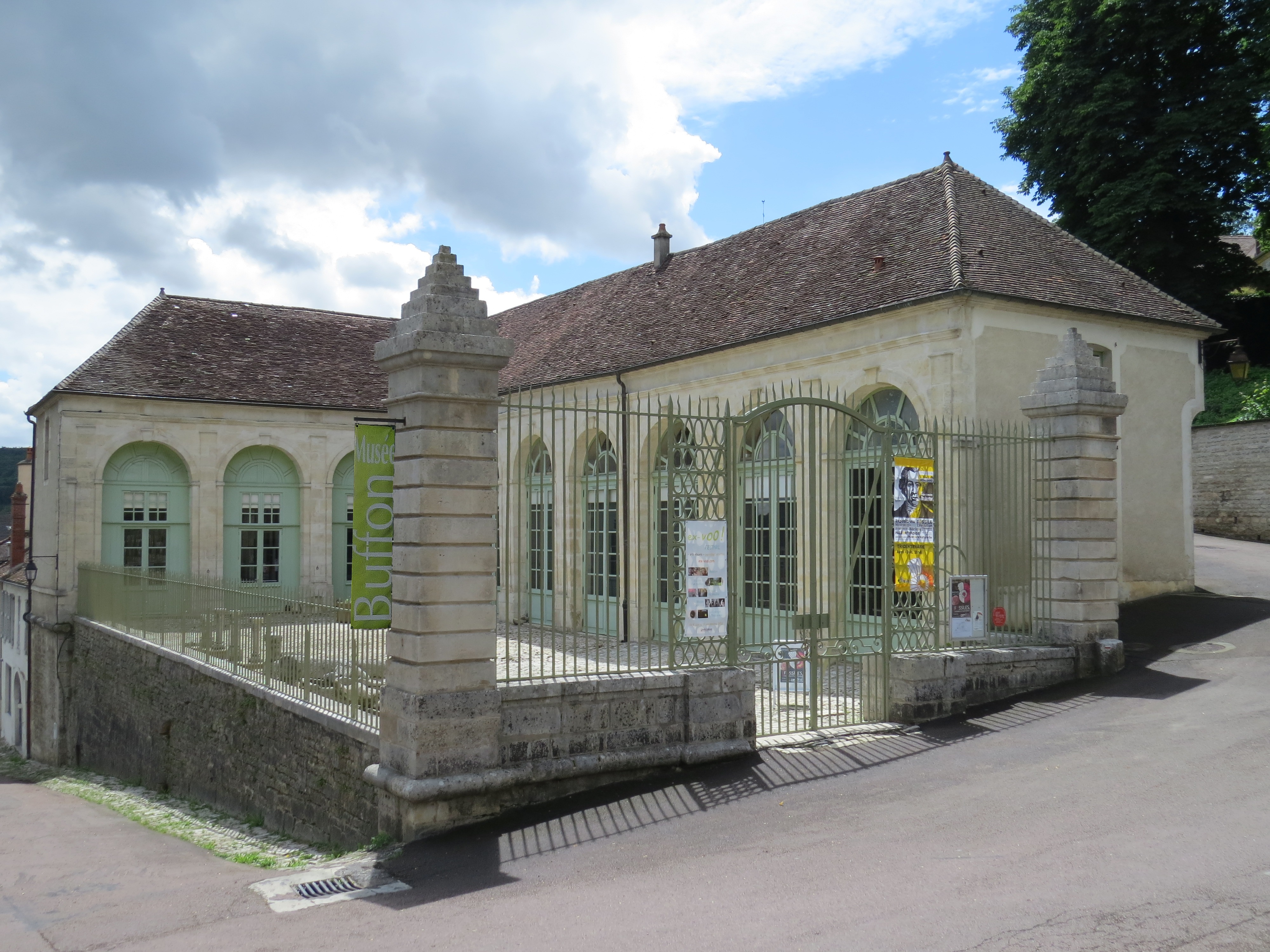
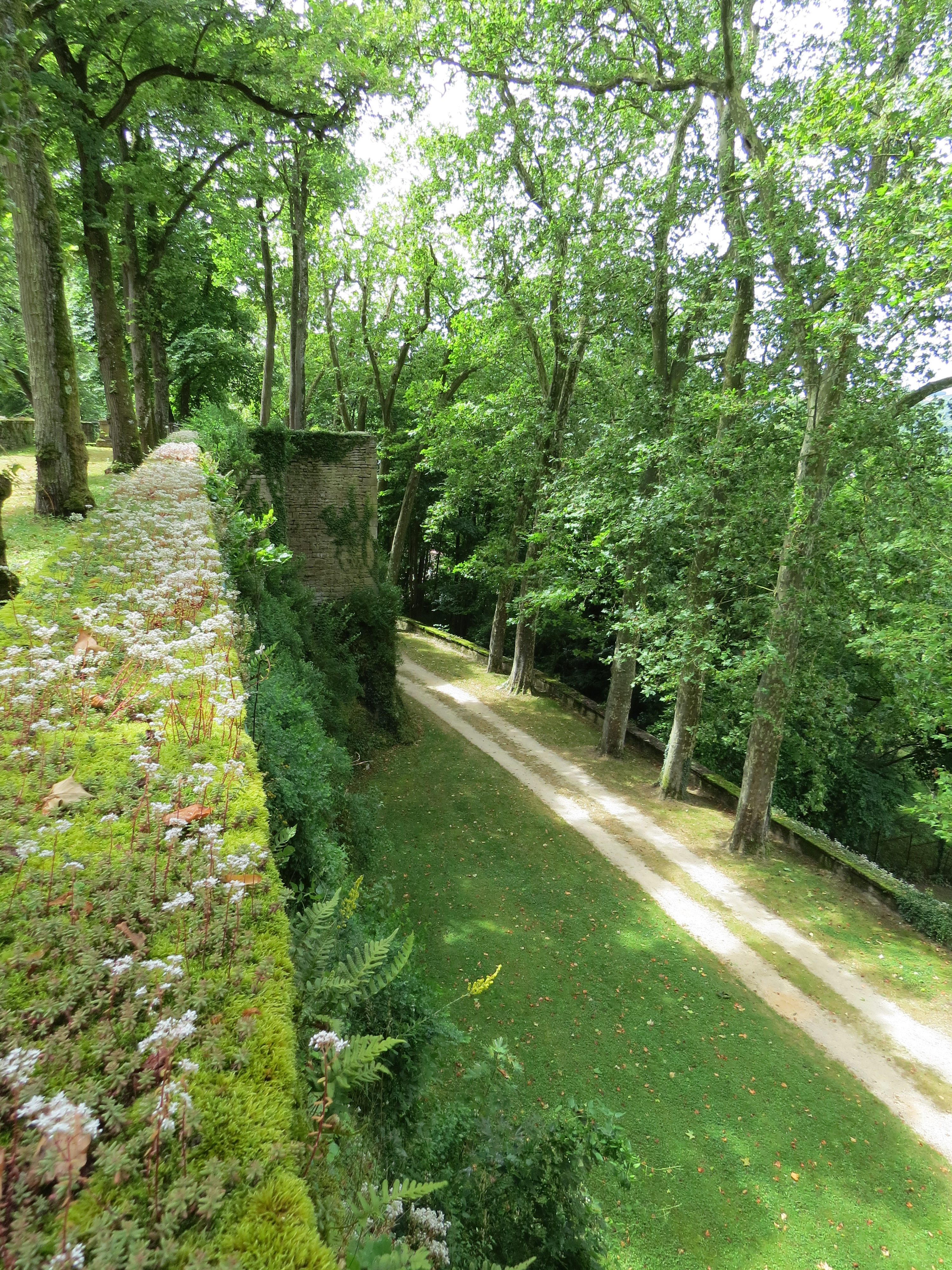
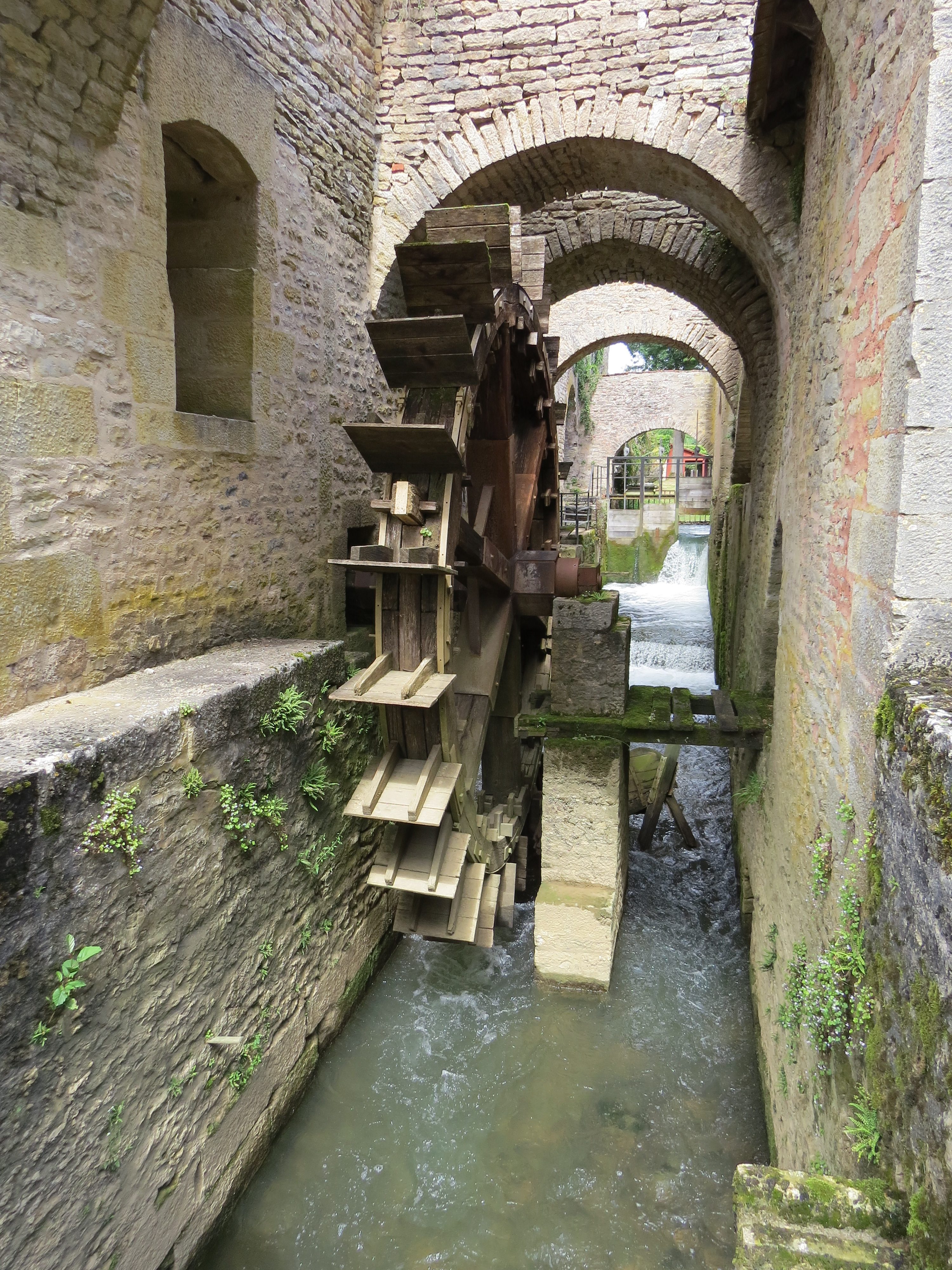
Twinning
Couvin, Belgium
Ubstadt-Weiher, Germany
